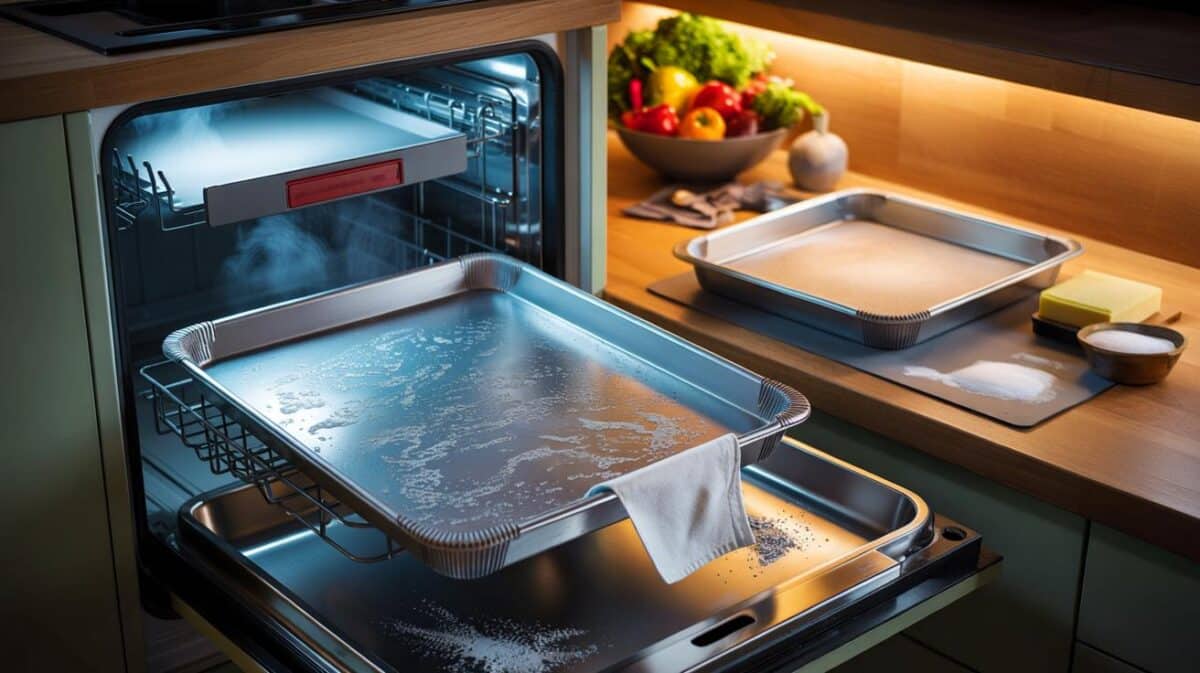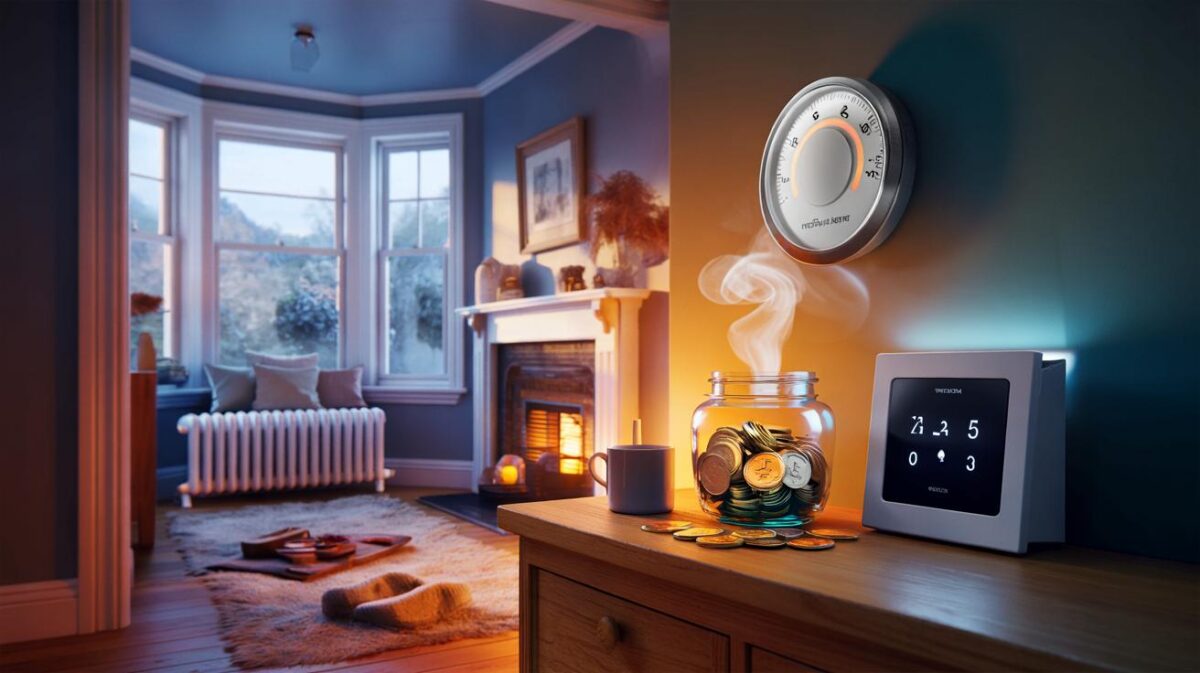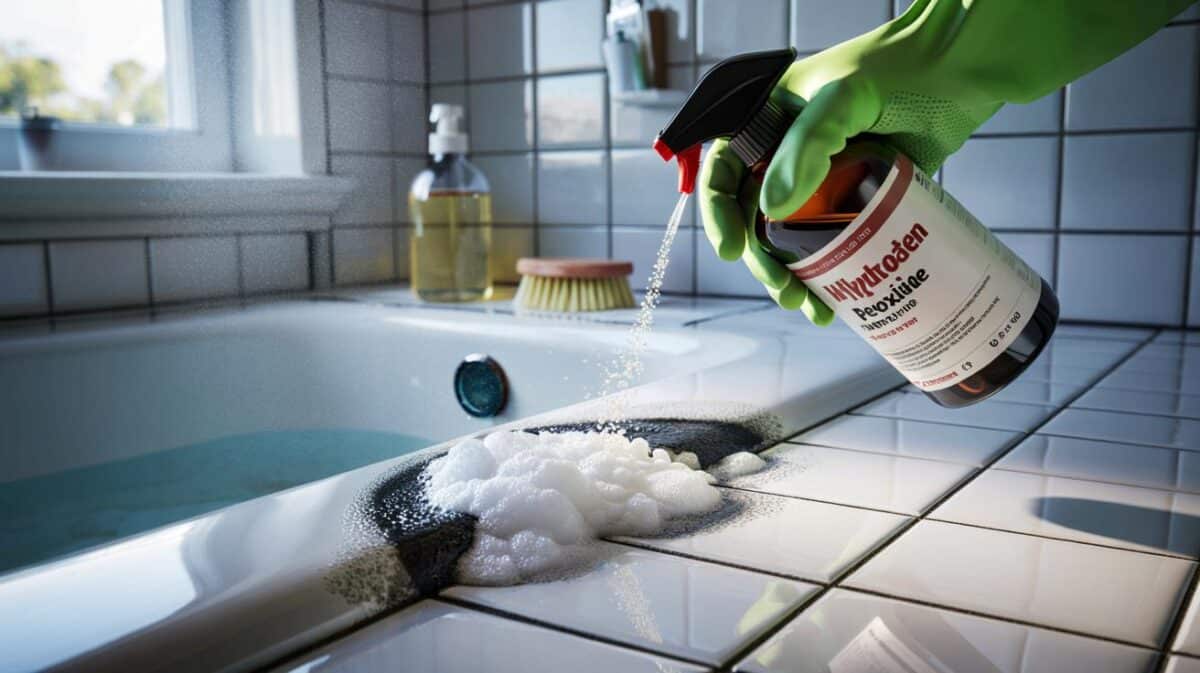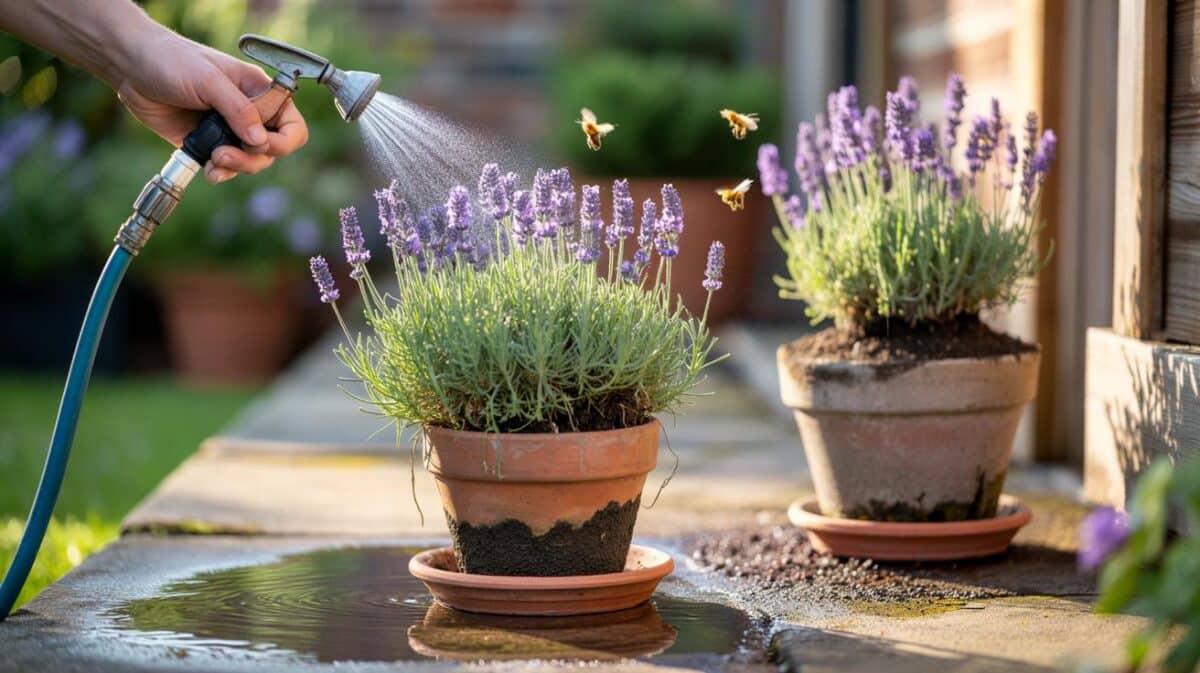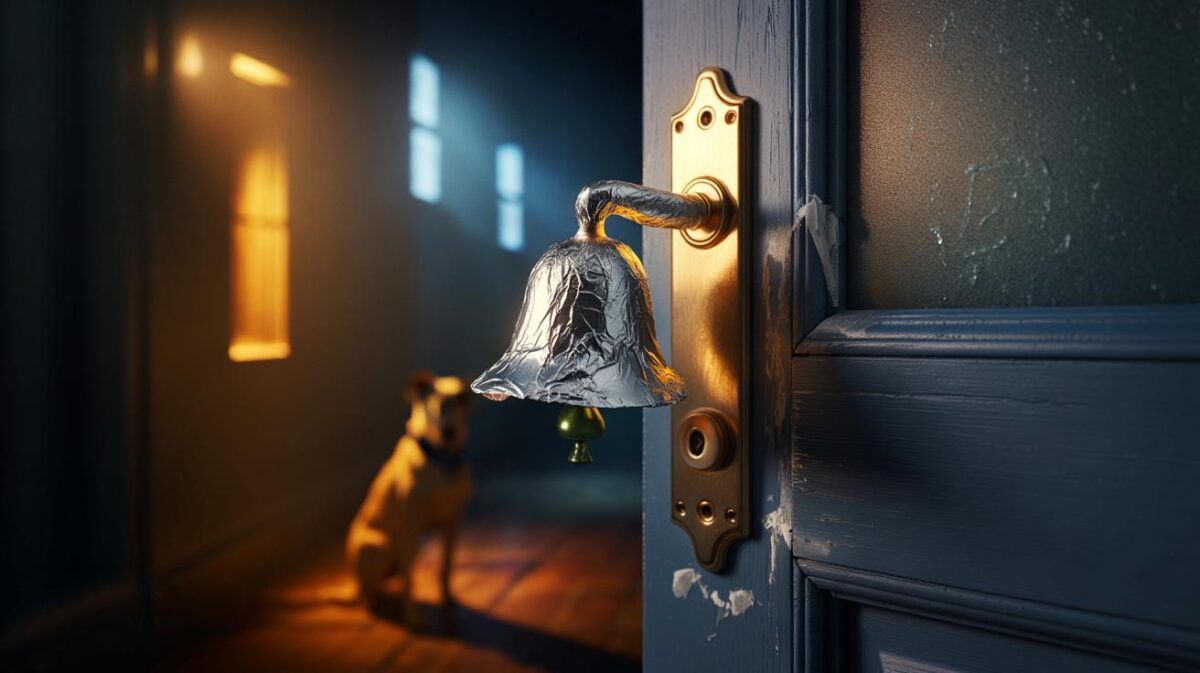Low sun shows every streak, rain leaves spots, and the cold makes you drop the cloth. There is a simpler way to keep the view clean for months, not days.
It was a Tuesday that smelt of rain and old leaves when I noticed the neighbour’s kitchen window. Mid-January, bitter, a hint of frost. Her glass looked like it had been polished by daylight itself. She leaned out, smiling, and lifted a small spray bottle—no branding, no bells—just a clear liquid and a confidence you feel in your bones.
She’d done it once in late autumn and hadn’t touched it since. The children pressed their noses to the glass and left no mark. The kettle puffed and didn’t fog it up. Two bottles from the cupboard, she said. Two minutes. Two months of peace.
Two bottles. One minute.
Why your winter windows look tired — and the small fix that flips it
The story of dull winter glass isn’t dirt alone. It’s damp air, central heating, and that fine urban film that rides in on every passing lorry. Bright winter sun hits at a low angle and makes every trace visible. Your usual spray-and-wipe just moves it around.
We’ve all had that moment when the late afternoon light slides across the room and turns every smudge into a headline. A 2023 UK household survey put glass cleaning at the bottom of the chore list for 61% of people by December. Let’s be honest: nobody does this every day. You need a result that lasts past the first frost and shrugs off steam from the Sunday roast.
Here’s the short logic. Road film is oily; hard water is mineral; condensation is pure water. Standard soap can cut the oil but leaves a faint surfactant haze that attracts dust. Water alone can’t shift mineral spots. The two-ingredient mix below pairs a solvent that flashes off clean with a gentle acid that knocks back limescale. The glass ends up cleaner at a microscopic level, so fewer particles cling in the weeks ahead.
The 2‑ingredient mix: how it works and how to use it
The mix is simple: white distilled vinegar and isopropyl rubbing alcohol. Equal parts. Pour 250 ml of each into a clean spray bottle, cap, and swirl. Spray onto a microfibre cloth, not the frame, then sweep the glass in lazy S-shapes from top to bottom. Flip to a dry corner and buff until it squeaks. That’s it. The alcohol dissolves oily film and evaporates fast; the vinegar softens mineral spots and leaves a neutral surface that doesn’t grab dust.
Go light. You’re not washing a car, you’re polishing a lens. If the window is muddy, pre-wipe with a damp cloth, then bring out the mix. Avoid splashing onto stone sills or freshly painted frames. Keep the room aired for a few minutes—the smell fades fast. If you’ve got old leaded panes or aftermarket tint, test a quiet corner first. *The trick is stupidly simple, and that’s why it works.*
Your future self will thank you for a couple of tiny habits. Store the bottle tightly closed, away from heat, because alcohol is flammable. Label it clearly. And give the cloth a quick wash after use so it doesn’t re-deposit film next time.
“I do mine in late October,” said my neighbour, laughing. “Then I forget about windows until the daffodils.”
- The two-ingredient trick: 50% white vinegar + 50% isopropyl alcohol.
- Use microfibre, not paper, for a streak-free finish.
- Crystal clear results that resist fog and grime for weeks.
- Keep away from naked flames; cap bottle immediately after use.
- Winter-proof shine in under two minutes per pane.
What lasts until spring — and what doesn’t
The blend doesn’t lay down a wax or silicon coat. It does something quieter: it removes the residues that make surfaces sticky to the world. Fewer residues mean less dust and slower spotting after rain. The alcohol also displaces moisture, which helps with that thin frost that sometimes crusts on the inside edge of old windows. Results vary with traffic, wind, and how often you cook, yet the pattern is steady: one good pass in late autumn, then a quick buff in January if you’re fussy.
There are limits. If you live on a main road or face the sea, salt and soot arrive like unwelcome guests. You’ll still need the odd touch-up. Vinegar can dull natural stone, so keep it on the glass. Alcohol can be hard on soft varnish, so avoid soaking wooden frames. If you want the long view—clear until spring—pair the mix with tiny behaviours: open the window a crack after a steamy shower, pull the blind a little so air can move, and wipe the sill when you make tea. Small, usual acts carry the result further than any product.
| Point clé | Détail | Intérêt pour le lecteur |
|---|---|---|
| Ingredients | 50% white vinegar + 50% isopropyl alcohol | Two cheap cupboard staples give pro-level clarity |
| Method | Spray cloth, S‑wipe, quick buff | Fast routine that cuts streaks and saves time |
| Longevity | Weeks of clearer glass, even in winter sun | Fewer cleans until spring, better-looking rooms |
FAQ :
- Will this damage my window frames?On standard UPVC and sealed glass, it’s fine. Don’t soak wooden frames or natural stone sills; wipe any drips immediately.
- Can I use malt vinegar or cleaning vinegar?Stick to plain white distilled vinegar at around 5% acidity. Malt leaves odour and tint; super-strong cleaning vinegar can be harsh.
- What strength of alcohol should I buy?Isopropyl at 70–99% works. Higher strength flashes off faster; both dissolve greasy film well.
- Is it safe for tinted or coated glass?Factory coatings on modern double glazing are sealed and usually fine. Aftermarket films vary—test a small corner first.
- Why not just use washing-up liquid?Soap lifts grime but often leaves a faint film that streaks in winter sun. This mix evaporates clean and resists quick re-soiling.


